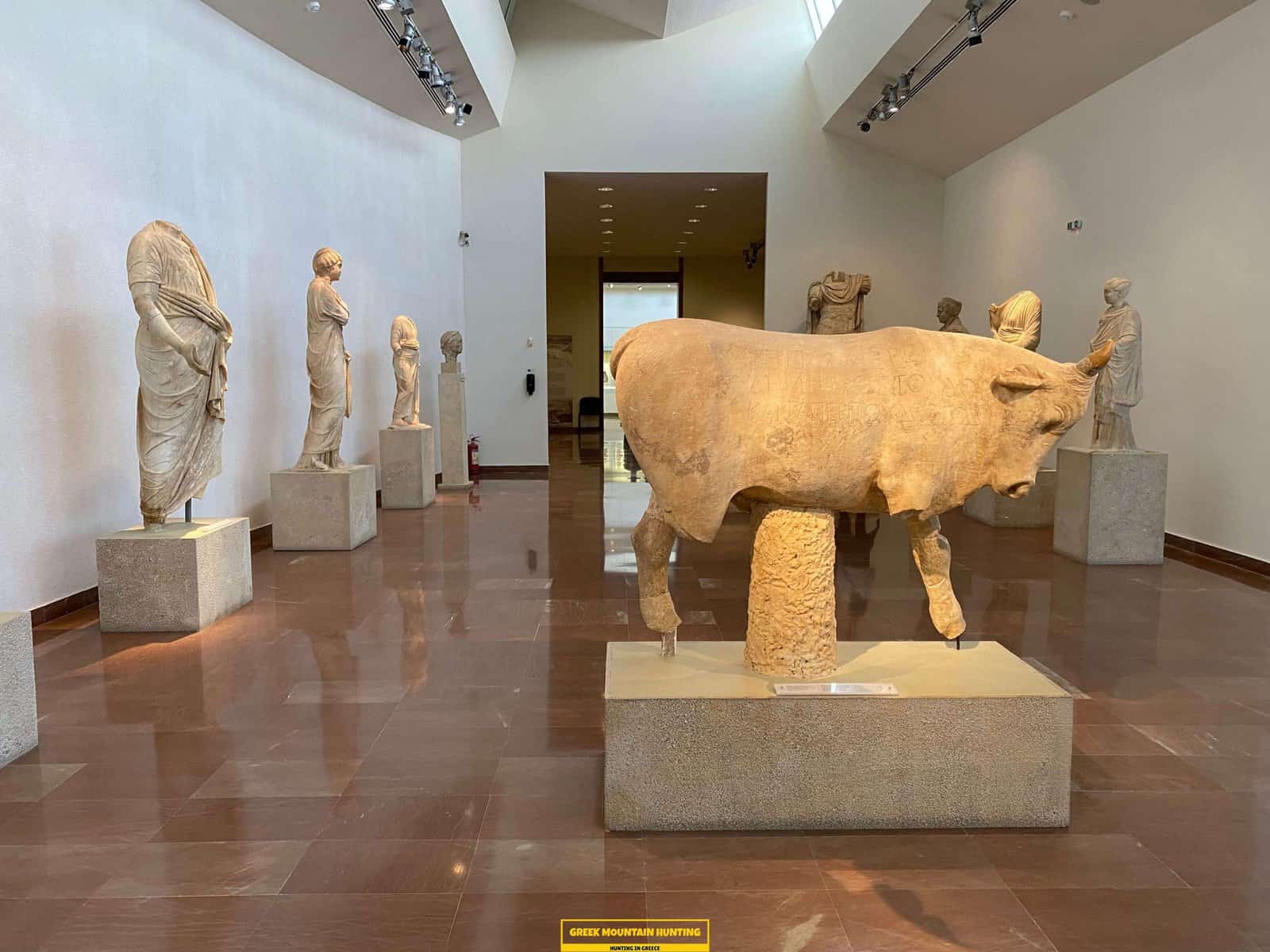This is the most effective time to go kri kri hunting and also totally free diving. Do not miss it!
This is the most effective time to go kri kri hunting and also totally free diving. Do not miss it!
Blog Article

Hunting for Kri Kri ibex in Greece is an outstanding searching exploration and superb vacation all in one. Ibex searching is normally a harsh experience, however not in this case! Dive to shipwrecks and spearfishing in ancient Greece, or delight in ibex hunting in an unique place are just a few of things you might do during a week long ibex searching adventure in Greece. Can you think of anything else?

This Ibex is not a petite form of the Bezoar Ibex, which has actually migrated to the western side of its variety. The kri-kri (Capra aegagrus cretica), also called the Cretan goat, Agrimi, or Cretan Ibex, is a wild goat indigenous to the Eastern Mediterranean. The kri-kri (Capra aegagrus cretica), a feral goat living in the East Mediterranean, was when believed to be a subspecies of wild goat. The kri-kri has a light brown coat with a darker neck band. Their 2 sweeping horns increase from their head. The kri-kri is a skeptical and reluctant animal in the wild, resting during the day. They can jump long distances or climb seemingly sheer high cliffs.
On our Peloponnese tours, you'll get to experience all that this remarkable region has to supply. We'll take you on an excursion of a few of one of the most historical and beautiful sites in all of Greece, including old damages, castles, and much more. You'll likewise get to experience a few of the standard Greek society direct by taking pleasure in some of the scrumptious food and a glass of wine that the region is recognized for. As well as certainly, no trip to Peloponnese would be complete without a dip in the sparkling Mediterranean Sea! Whether you're a skilled hunter looking for a new experience or a novice tourist simply wanting to explore Greece's magnificent landscape, our Peloponnese trips are excellent for you. What are you waiting for? Reserve your journey today!
There is absolutely something for every person in the Peloponnese peninsula. Whether you want background as well as culture or nature and also exterior activities, this is an optimal destination for your following trip. If you are short promptly, our hunting and exploring Peloponnese Tours from Methoni is a fantastic way to see every little thing this awesome area has to offer.And finally, your Kri Kri ibex trophy is waiting for you.
What is the diference between Kri Kri ibex, Bezoar ibex and hybrid ibex
The kri-kri is not thought to be indigenous to Crete, most likely having been imported to the island during the time of the Minoan civilization. Nevertheless, it is found nowhere else and is therefore endemic to Crete. It was common throughout the Aegean but the peaks of the 8,000 ft (2,400 m) White Mountains of Western Crete are their last strongholds–particularly a series of almost vertical 3,000 ft (900 m) cliffs called ‘the Untrodden’—at the head of the Samaria Gorge. This mountain range, which hosts another 14 endemic animal species, is protected as a UNESCO Biosphere Reserve. In total, their range extends to the White Mountains, the Samaria National Forest and the islets of Dia, Thodorou, and Agii Pandes.
This Ibex is NOT a diminutive form of the Bezoar Ibex, which has migrated into the western-most reach of the range of this species. The kri – kri (Capra aegagrus cretica), sometimes called the Cretan goat, Agrimi, or Cretan Ibex, is a feral goat inhabiting the Eastern Mediterranean, previously considered a subspecies of wild goat. The kri-kri has a light brownish coat with a darker band around its neck. It has two horns that sweep back from the head. In the wild they are shy and avoid tourists, resting during the day. The animal can leap some distance or climb seemingly sheer cliffs.
“The agrimi goat Capra aegagrus cretica is unique to Crete and its offshore islands. It has been identi®ed as a sub-species of the wild bezoar goat Capra aegagrus aegagrus Erxleben, 1777, which it closely resembles in horn shape, body form and coloration. This classi®cation has been disputed by some researchers who claim that the agrimi are feral goats, derived from early domestic stock brought to the island by the ®rst Neolithic settlers. In order to clarify this issue, DNA analyses (cytochrome b and D loop sequences) were carried out on tissue of live and skeletonized agrimi and compared to sequences of wild and domestic caprines. Results conclusively show the agrimi to be a feral animal, that clades with domestic goats (Capra hircus) rather than with wild Asiatic bezoar. This study demonstrates that morphometric criteria do not necessarily re¯ect genetic af®nities, and that the taxonomic classi®cation of agrimi should be revised.”
Report this page